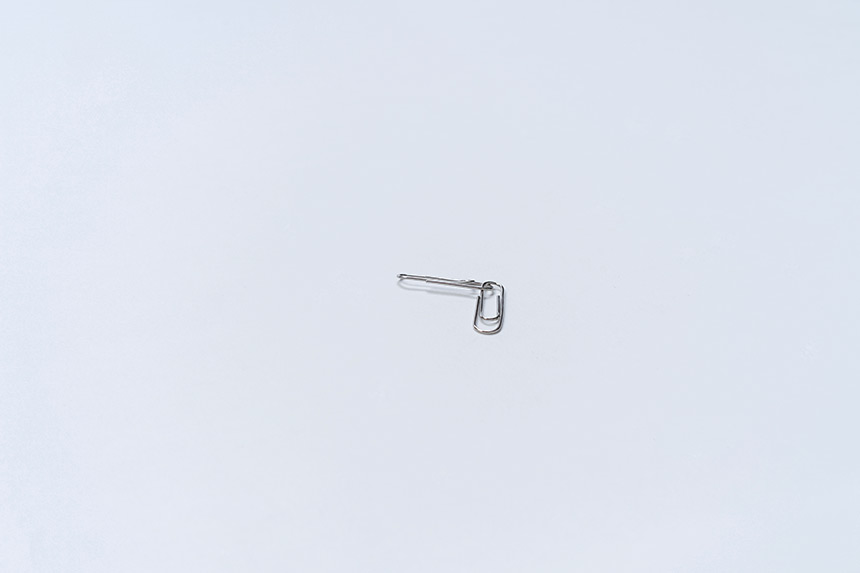Academic Conference Poster Production, Creating an academic conference poster is an essential part of sharing your research and engaging with other scholars in your field. Here's a step-by-step guide to help you produce an effective poster:
1. Understand the Guidelines
Before you start designing your poster, review the conference guidelines carefully. Check for required dimensions, formatting specifications, and submission deadlines.

2. Define Your Message
- Title: Create a clear and concise title that reflects the essence of your research.
- Abstract: Develop a brief summary that outlines the goals, methods, results, and conclusions of your study.
3. Organize Your Content
A typical poster layout includes the following sections:
- Introduction: Briefly explain the background and significance of your research.
- Objectives: State the research questions or hypotheses.
- Methods: Summarize the methodology used, including data collection and analysis.
- Results: Use visuals like graphs, charts, and tables to present your findings clearly.
- Discussion/Conclusion: Interpret the results and discuss their implications.
- References: Cite key sources using a small, readable font.
- Acknowledgments: Mention any funding or assistance received during your research.
4. Visual Design
- Layout: Choose a logical layout that guides the viewer’s eye. Consider using columns for better organization.
- Font: Use large, readable fonts for titles (at least 72 points) and smaller text (24-36 points). Stick to a maximum of 2-3 fonts.
- Colors: Use contrasting colors for background and text for readability. Avoid overly bright or clashing colors.
- Images & Graphics: Incorporate high-quality visuals, ensuring they are relevant and enhance understanding.
5. Focus on Clarity
- Brevity: Be concise; use bullet points instead of lengthy paragraphs. Aim for clarity and simplicity.
- Balance Text and Visuals: Ensure there is an even balance of text and visuals. Too much text can overwhelm the reader.
6. Prepare for Presentation
- Prepare a brief summary or talk that outlines your poster. Be ready to engage with attendees, answer questions, and discuss your research.
7. Review and Revise
- Proofreading: Check for grammar, spelling, and typographical errors.
- Feedback: Share your poster with colleagues or mentors for feedback to improve clarity and impact.
8. Print and Present
- Print your poster on high-quality material. Make sure to follow any specific printing requirements provided by the conference.
- Arrive early to set up your poster, and ensure it's displayed clearly. Be proactive in engaging with attendees.
Examples of Tools and Software
- Design Software: Use tools like Adobe Illustrator, PowerPoint, or Canva to design your poster.
- Templates: Consider utilizing poster templates available online for consistency and format.
Additional Tips
- Practice your presentation multiple times to feel comfortable discussing your work.
- Make sure to have business cards or contact information readily available to hand out.
By following these steps, you can create a professional and effective academic conference poster that effectively communicates your research to your audience. Good luck!

